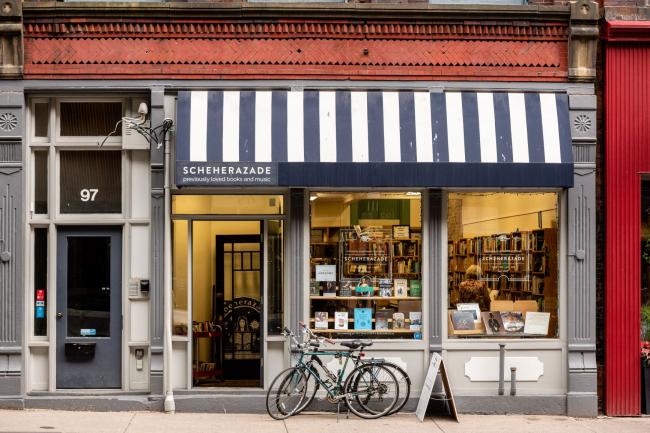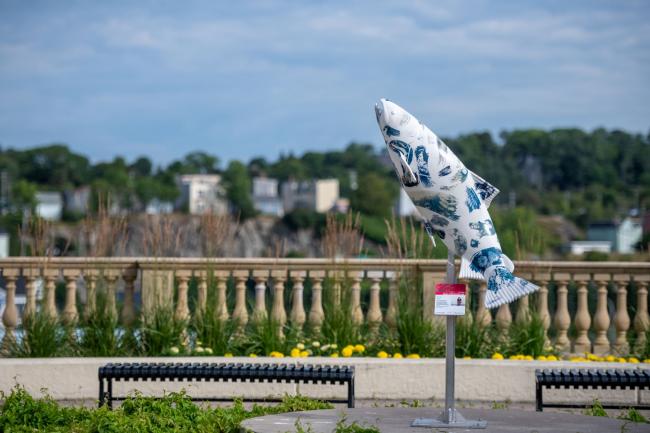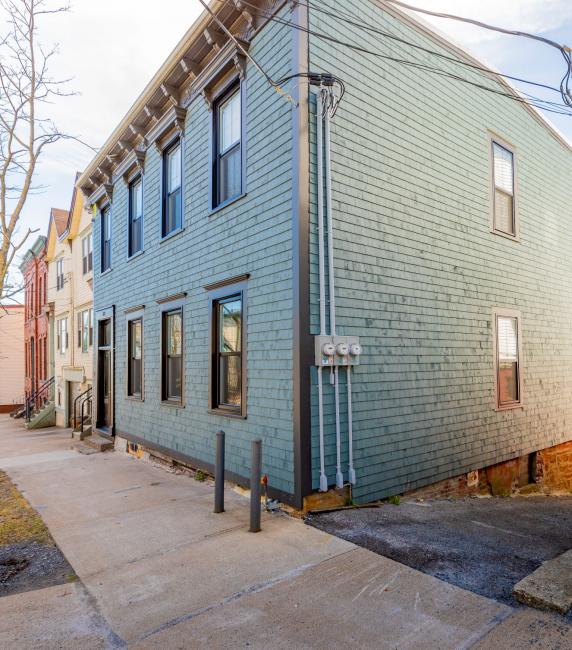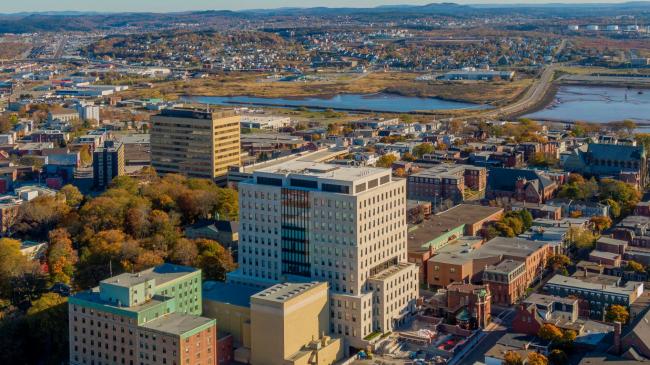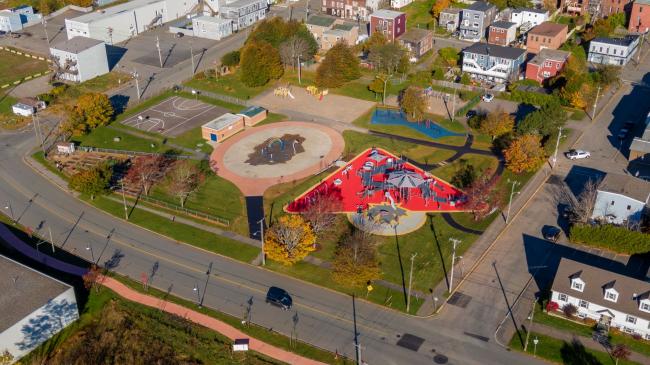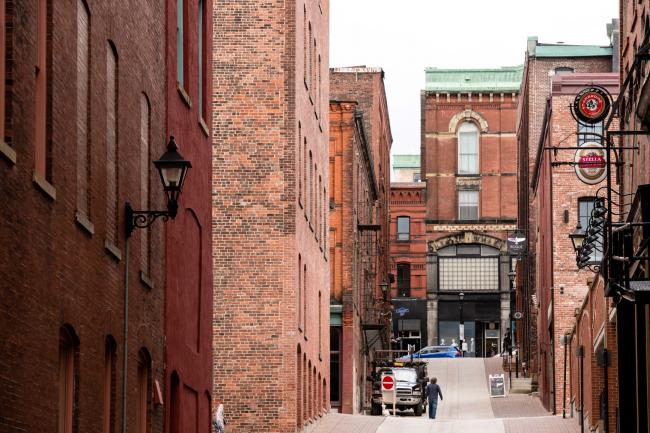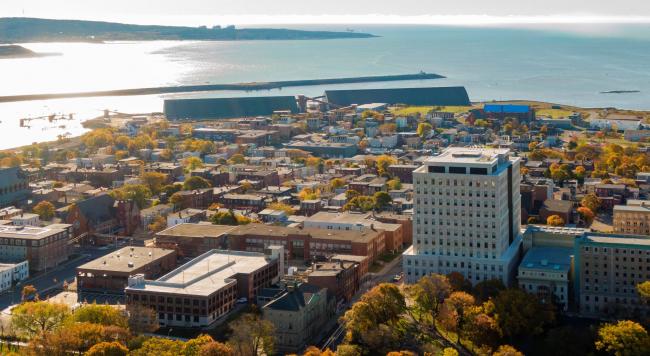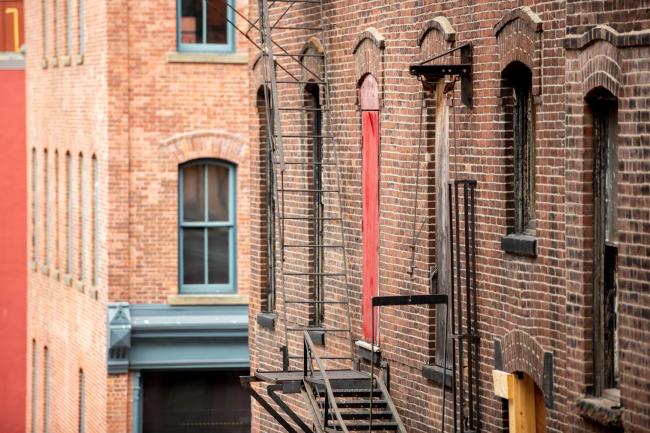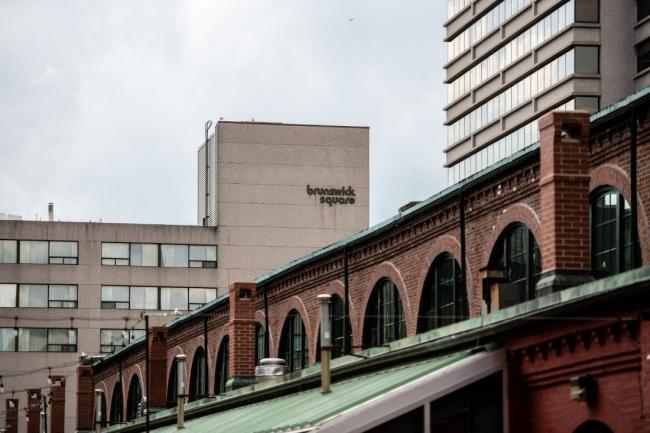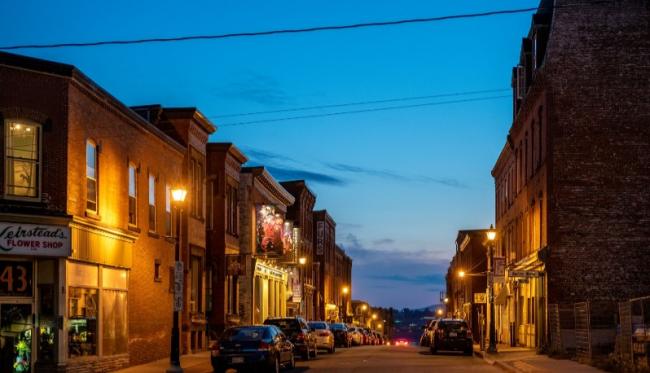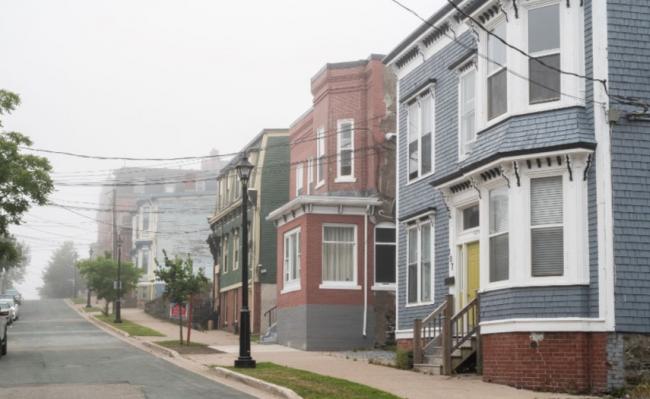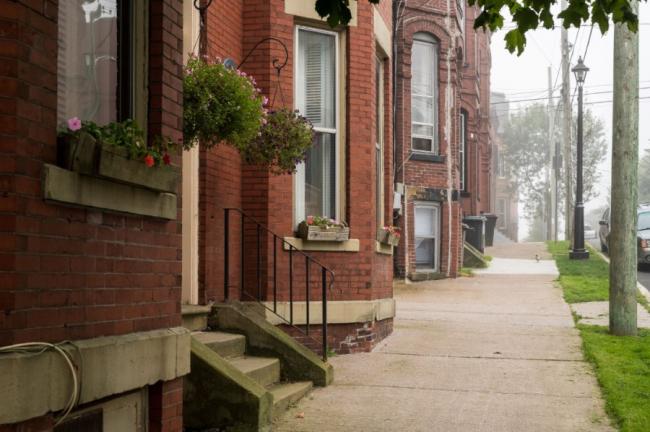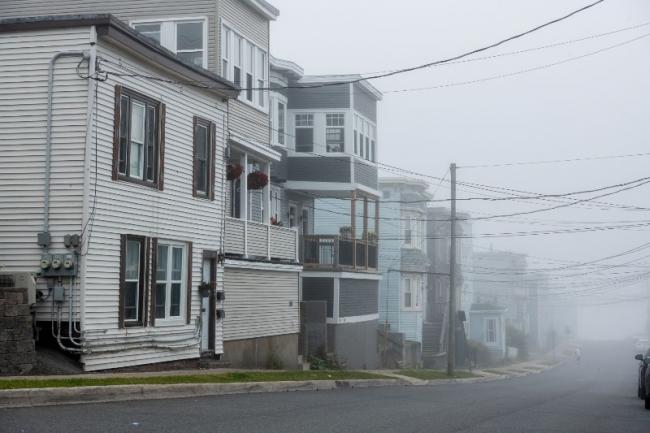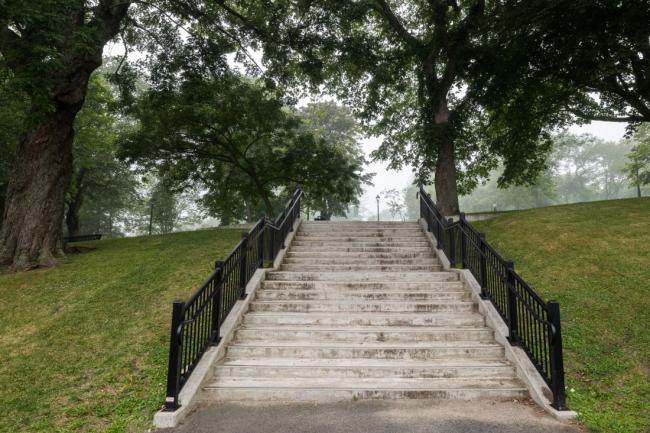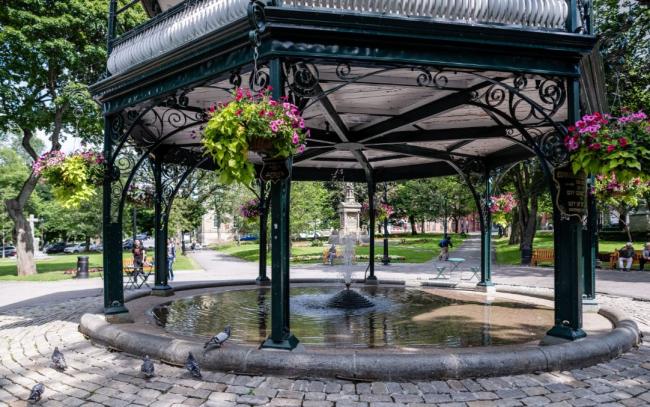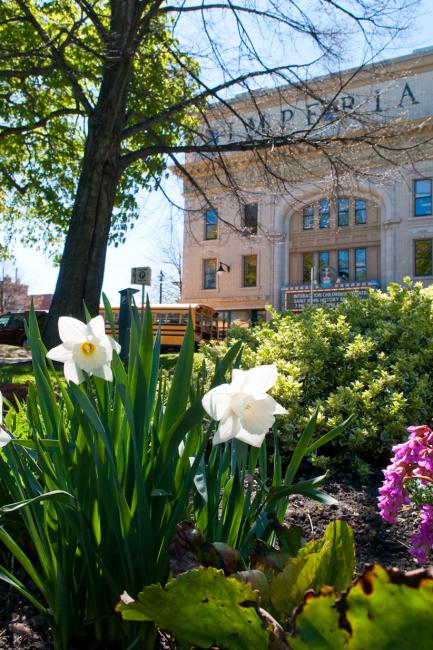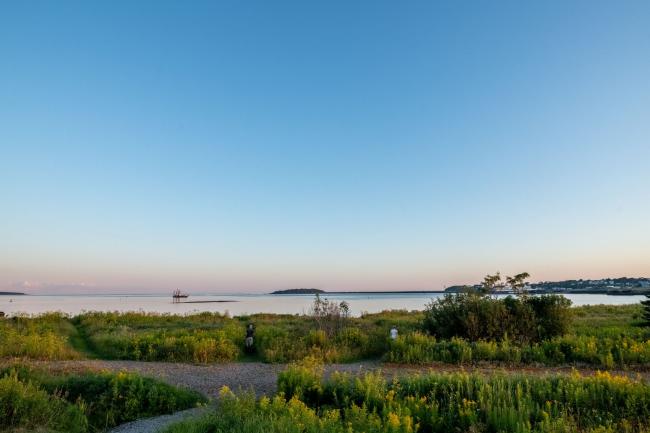Heritage. Entertainment. Energy.
This is the financial, entertainment, and cultural hub of Saint John. Including uptown and the Trinity Royal Heritage Conservation Area, this is the energetic urban core of the city, with corporate head offices, post-secondary facilities, hotels, shops, bars, restaurants—and homes and schools too.
Uptown Saint John is unique in that it contains a large number of historically preserved buildings, built after a fire levelled most of the area in in 1877. It’s why a walk through these narrow streets rewards the explorer with preserved historic buildings, heritage blocks, and homes of great character.
South Central Peninsula homes are as diverse at it comes. Centuries-old brownstones; wooden single-family houses; duplexes; small apartment buildings; converted lofts; taller condo buildings. The one thing the homes have in common is a density you expect of a city laid out before the automobile. And residents here can and do get along well without a vehicle.
Some of this community’s well-known hotspots include the City Market, built in 1876; the Imperial Theatre, and two other theatres; Harbour Passage; King’s Square, which was laid out for public use in 1783; and Prince William Street—the first streetscape in Canada to be recognized by the Heritage Sites and Monuments Board of Canada to have the “most continuous collection of Italianate and 2nd Empire building in Canada.”
Currently the fastest growing area of the city population wise, this area has served as home to thousands throughout time. Written accounts in the early 17th century refer to a large Malécite village at the mouth of the St. John River. Charles de St.-Étienne de la Tour was the governor of established Fort La Tour at the mouth of the St. John River in the 1600s.
After the Loyalists arrived in Saint John in 1783, two areas became the focus of development, Upper Cove and Lower Cove. Upper Cove is now known as Market Square-King Street, the commercial heart of the city. Lower Cove, around Broad Street, is now a mixture of residential, industrial and military buildings.
The boundaries and data used to define the neighbourhoods in this section are supplied by Statistics Canada as Census Tracts and may not reflect exact local area names and boundaries. Every effort has been made to include as many local names as possible.

